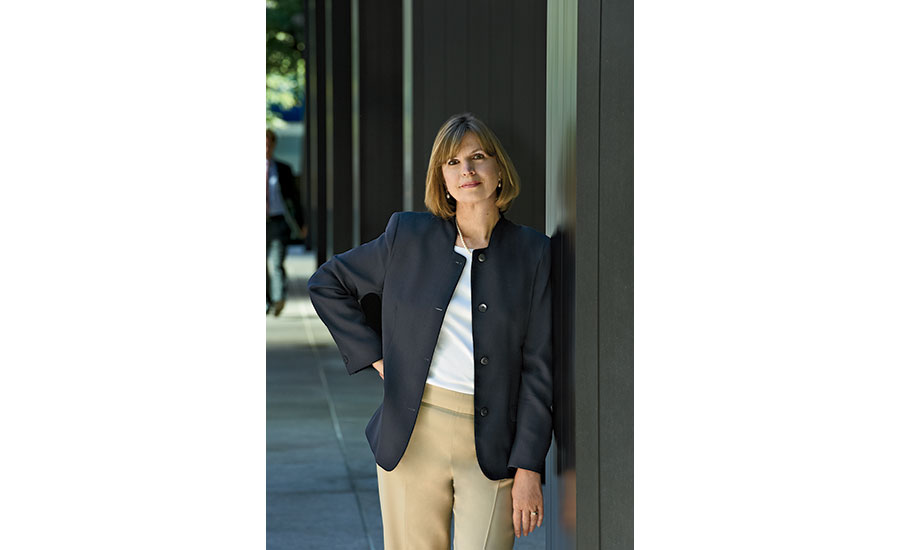January 2020 Editorial: The Next Level of Sustainable Architecture

Photo © Michel Arnaud
Last month, Greta Thunberg, the 16-year-old climate activist from Sweden, was named Time magazine’s Person of the Year. Addressing the recent United Nations climate meeting in Madrid, she expressed frustration at the failure of nations to act. “I sincerely hope that world leaders—that people in power—grasp the urgency of the climate crisis,” she said, “because, right now, it doesn’t seem like they do.” In Madrid, negotiators grappled with creating a carbon marketplace—where governments could buy and sell carbon credits depending on their level of compliance with reducing emissions—as a key part of the Paris Agreement. (Though the president has withdrawn the U.S. from the accord, the administration had representatives in Madrid because the pullout does not go into effect until November 4, 2020, the day after the election.) But in the end, the Madrid delegates could not agree on a carbon exchange, or on a means for compensating less developed countries for the devastation of extreme weather events made worse by global warming.
A number of countries, including the U.S. and other major polluters like China, India, Australia, and Brazil, also pushed back on calls for raising voluntary emissions targets despite frightening new research on climate change. Reports from international and U.S. government scientists are predicting more severe storms, heat, and flooding disasters far sooner than previously imagined, if carbon and other emissions continue to pour into the atmosphere. The ideal goal of keeping average temperature rise to only 1.5 degrees Celsius above preindustrial times’—by radically cutting the use of fossil fuels—is becoming more remote by the day.
The construction industry is the source of a total of 39 percent of such emissions globally, with the operation of buildings accounting for 28 percent. Architects have long been leaders in educating clients and the public about implementing energy savings and other sustainable tactics in their projects—strategies that have become integral to many building codes. But now attention is turning from such post-occupancy efficiencies to the other 11 percent of construction-industry pollution— the far more complex problem of embodied carbon in the construction process. That includes delving into the extraction, fabrication, and transportation of materials—an extension of the transparency that architects have been seeking though material certification and ingredient- disclosure programs.
Here at Architectural Record, we are convinced that covering sustainable building practices is more important than ever. For this issue, senior news editor Miriam Sitz spoke with architect Stacy Smedley, the director of sustainability for Skanska USA, who is behind the Embodied Carbon in Construction Calculator, or EC3—the free, open-source software that helps architects and engineers reduce embodied carbon in the planning and sourcing of their projects.
In the pages ahead, one example of reducing embodied carbon is in the material selection for the Delas Frères winery in the Rhône Valley. Paris-based architect Carl Fredrik Svenstedt created a stunning wavy facade, employing blocks of Estaillade stone quarried and fabricated nearby, using one-quarter of the embodied energy of concrete and costing far less (though concrete is extensively used elsewhere in the building).
Reducing energy use in operating a building is a big part of school design in this month’s Building Type Study—from a novel new primary school near Verona, Italy, designed by Claudio Lucchin & Architetti Associati, that achieves the highest rating under the national energy-certification system, to the unusual cylindrical school on the edge of Copenhagen by Lundgaard & Tranberg that operates at near-zero energy. And the Heights secondary school in Arlington, Virginia—designed by BIG with dramatically stacked and staggered cantilevered forms that create 20,000 square feet of green roofs—aims to achieve LEED Gold.
Not only should such strategies become fundamental to building practices everywhere, but the architectural profession needs to embrace the tougher but equally essential standards for the specification of products in order to radically reduce embodied carbon.






